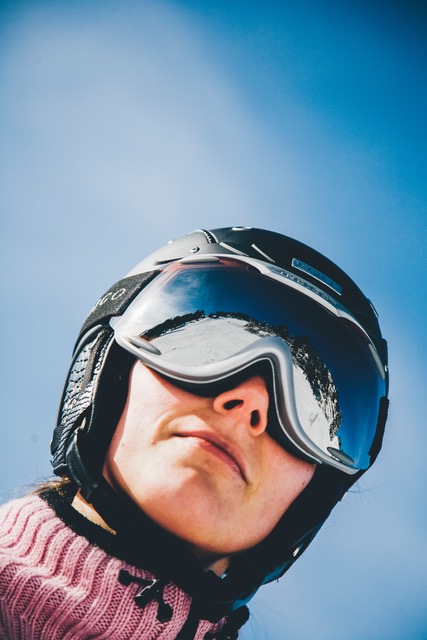Most of us associate summer with sunscreen because the sun is brightly shining and for the most part, it’s hot. However, even during the cold, dank, dark months of winter, UV rays are still penetrating our skin and causing skin aging and potential damage.
According to the Skin Cancer Foundation (SCF), UVB rays, the prominent cause of sunburn, and can damage our skin year-round, especially in the mountains. That’s because high altitudes and reflective environments with snow and ice can increase UV light by 80-percent. What’s more, UVA rays can penetrate through fog, clouds, and even glass (at any altitude), so even when you’re indoors or driving in your car skin damage is possible.
The best defense
The best defense against the sun’s damaging rays is covering up. During the cold winter months it’s easy to bundle up—however, there are areas of your body that remain vulnerable to UV light. According to the SCF, most skin cancers occur on the face, neck, scalp and hands—areas that are more difficult to remain covered up throughout the year. So always don sunscreen, UV-blocking glasses, and a hat before heading outdoors.
What kind of sunscreen should I use?
As with all consumer products, some are better than others, and some are more conducive to our specific needs. For example, if you are a winter mountain athlete you’ll want to pay attention to how the sunscreen you use is formulated. If you are skiing on a particularly cold and windy day, a water-based formulation could freeze on your face and cause a different type of damage such as broken capillaries.
On a personal note, I have been using Dermatone Skin Protector Pommade, broad-spectrum sunscreen since I was a kid growing up in the mountains surrounding Lake Tahoe. While I’m sure there are other products on the market, this one I can vouch for. It’s 100% water-free and protects against sun, wind and cold. I have used it on my hands and face with great success.
Back To Blog

